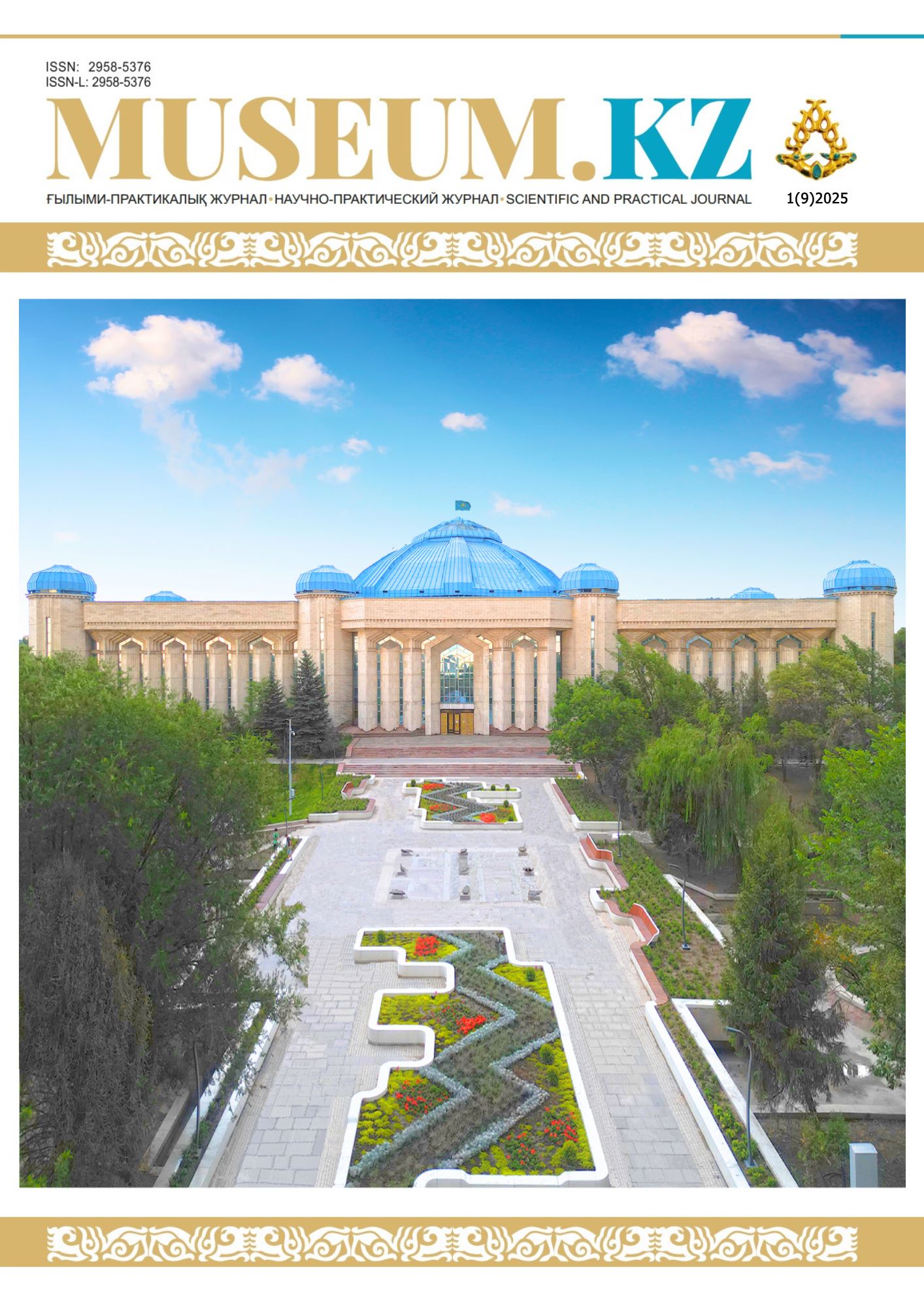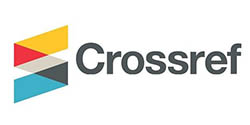VISUAL STRATEGIES OF MODERN MUSEUMS AND THEIR ROLE IN THE REPRESENTATION OF NATIONAL IDENTITY
DOI:
https://doi.org/10.59103/muzkz.2025.09.05Keywords:
museum, visual strategies, modern technologies, identity, metanarrative, visual studies, nation-state paradigmAbstract
Abstract. Museum today is not just a repository of artefacts, but an integral dynamically developing and constantly changing cultural space. In the organisation of this cultural space visual strategies (museum space design) occupy a significant place, which, in our opinion, should play an essential role in the representation of national identity.
In this article, the author seeks to reveal modern trends in the visualisation of museum space on the example of a number of famous museums and to substantiate their role in the formation of cultural identity among their numerous visitors.
It has been found out that many museums around the world apply a number of principles of design space planning, which are aimed at solving different tasks. First of all, the museum space is supposed to be carefully planned taking into account the needs of the audience, combining exciting visual effects and deep, immersive content. A significant place here is taken by such a concept as “psychology of space”, which implies not only the creation of a comfortable environment, but also the desire to organise inclusive visual interpretations of content, in this case representing different aspects of national identity. Curators and designers of different museums around the world strive to develop meta- and micro-narratives that make the content deeply meaningful and contribute to the strengthening of a certain national-state paradigm of this or that country.







